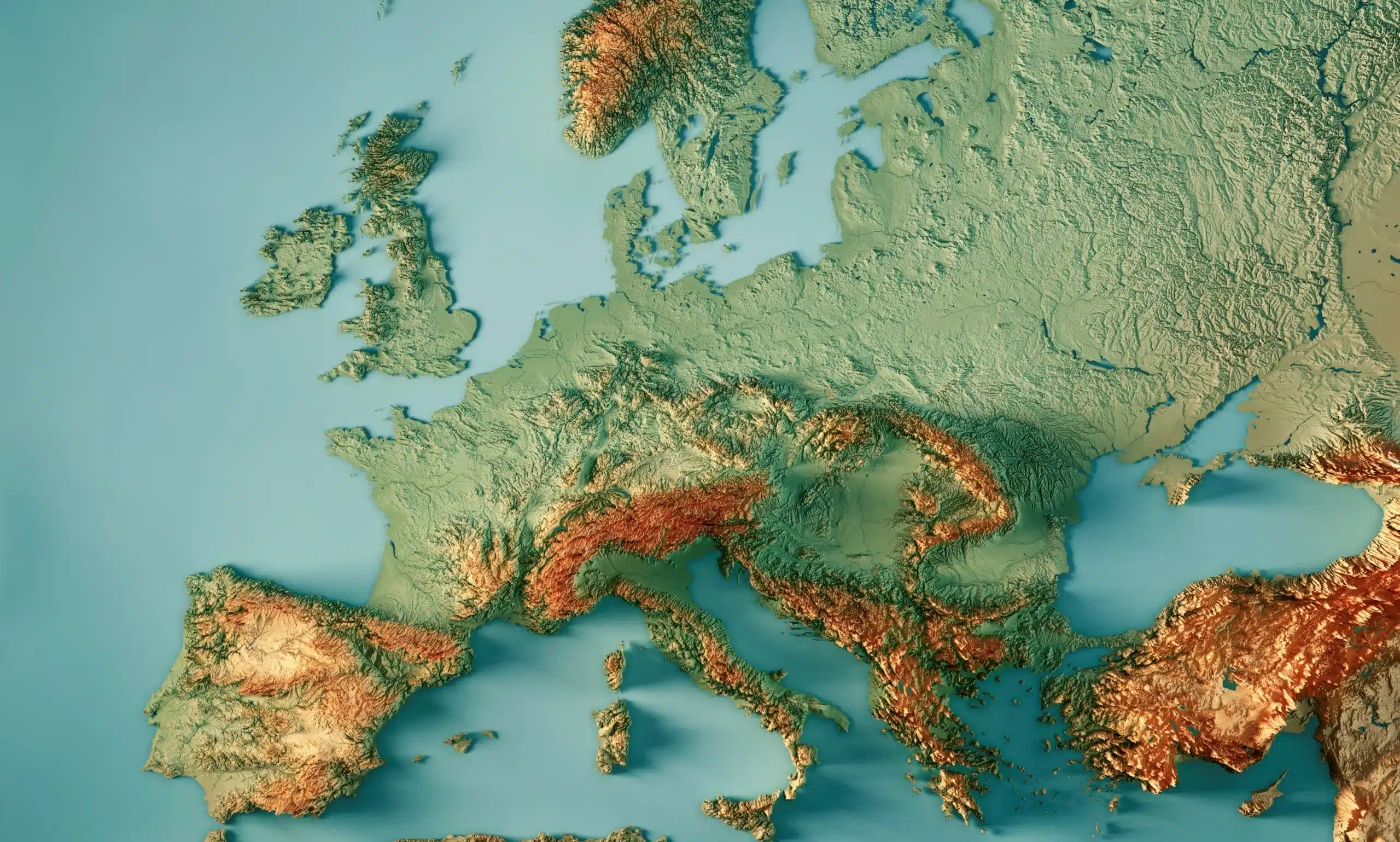Managing European packaging supply chain continuity

Operating a multi-sited operation in Europe and utilising a packaging supply chain can be highly complex. The European Union supports free trade in many European countries, but not all, and the single currency is only operational in some member state countries.
If you are operational throughout Europe, there are many moving parts at play that can absorb high levels of administration time and drive-up cost.
In this article we will explore the time and cost implications that can be experienced when managing multiple packaging suppliers throughout continental Europe.
We will consider the freedom of product movement across the continent, how packaging legislation could affect the way you to trade in some countries, common barriers to smooth transactions, as well as opportunities for cost reduction.
- 1.
- 2.
- 3.
- 4.

What is the European Union and how does it control the movement of materials
According to the United Nations, 44 countries make-up Europe, of which 27 are member states of the European Union.
Formed to promote peace and economic stability after World War II, the European Union is built on a foundation of binding treaties which, over the years, have harmonized laws and adopted common policies:
- a customs union;
- a single market in which capital, goods, services, and people move freely;
- a common trade policy;
- a common agricultural policy;
- aspects of social and environmental policy;
- a common currency (the Euro).
To be eligible for EU membership, countries must first meet a set of established criteria, including having a functioning democracy and market economy. Once a country becomes an official candidate, negotiations are a long and complex process in which the applicant must adopt and implement a massive body of EU laws and regulations.
Only twenty of the twenty-eight EU member states use the Euro as a form of currency, and 22 members participate in the Schengen area of free movement (where internal border controls have been eliminated).
So, whilst much of Europe is governed with a commonality of regulations, there are still a high number of countries which operate outside of these, introducing a level of complexity required to navigate individual country customs, taxation and paperwork.

The impact of packaging taxation in Europe
On January 1st, 2021, the EU implemented a plastic tax levy to each member state, requiring them to pay €800 per tonne of non-recyclable plastic used. Individual country contributions are calculated based on their own national waste database figures.
How each state country recoups these costs is at their own discretion. Many of the countries have, or are in the process of, bringing in their own packaging taxes and regulations for packaging disposal, to claw back the levy costs.
Unfortunately, there is no unified recycling scheme across the European Single Market either, so each country operates differently.
Some countries require businesses to hold a valid packaging license to cover the cost of end-of-life recycling. This licence is required even if your business does not operate within that country. For example, an ecommerce company operating outside of France, requires a packaging licence to deliver goods into the country.
In January 2024, the new EU Corporate Sustainability reporting comes into force, and will apply to all large companies operating in the EU, including those with non-EU parent companies. Mandatory reporting on packaging use will be required, with businesses expected to itemise the total weight and material make-up of packaging used. It’s hoped that this will deliver transparency of a business’s environmental impact, social affairs and governance matters.

Complexities of packaging supplier management in Europe
Packaging supplier management impacts many touchpoints throughout a business operation. From the initial research to find the right product capabilities, ensuring corporate governance and credit checks, through to contract negotiation, it takes up valuable time to find new suppliers and source products.
There is also an impact on day-to-day transaction management – order placement, goods-in unloading and put away, paperwork handling, invoice matching and payment can take up significant time when replicated across multiple suppliers. Each of these have an impact throughout your operation and become much more complex when you are managing suppliers across borders.
Throw into the mix the potential for language barriers – there are over 200 spoken in Europe. This can make it challenging to identify supplier specialisms, product quality and supply chain robustness.
It can become administratively overwhelming to track deliveries from multiple suppliers, in a variety of languages. Absorbing valuable time to track logistics, implement cross border quality checks and collate all the reporting.
The impact of multi-currency trading
Only 20 of the 44 European countries trade using the Euro, which means there is a high chance that you will need to trade in multiple currencies.
Multi-currency bank accounts are available but are chargeable. Currency fluctuations should also be considered – you may get a favourable rate of exchange on the first order placement but, it may not be so competitive when you place the follow-up order.
As well as the direct financial costs, there will also be an impact on how you handle those transactions through your business systems. Does your software allow you to transact in multiple currencies? Are you able to manage SKUs, purchase orders and invoicing in a variety of currencies?
Business software may need to facilitate multi-lingual trading too – placing purchase orders or receiving order confirmations and invoices for example.

Simplifying your European packaging supply chain
If the above scenarios are familiar and you’re looking for ways to simplify your European packaging supply chain then supplier consolidation with a partner who operates across Europe could help to streamline your business.
Macfarlane Packaging supports customers with European operations through our distribution service and easy e-trading portal. We source your packaging and provide a single point of contact for all of your packaging SKUs. We transact in the language of your choice and invoice in a single currency.
Our online easy ordering portal integrates with your systems and brings together your sites, your orders and tracking. All supported with “touch of a button” reporting.
With ISO9001, 140001, Sedex and EcoVadis membership, we deliver peace of mind, as well as packaging, to your packing operation.
